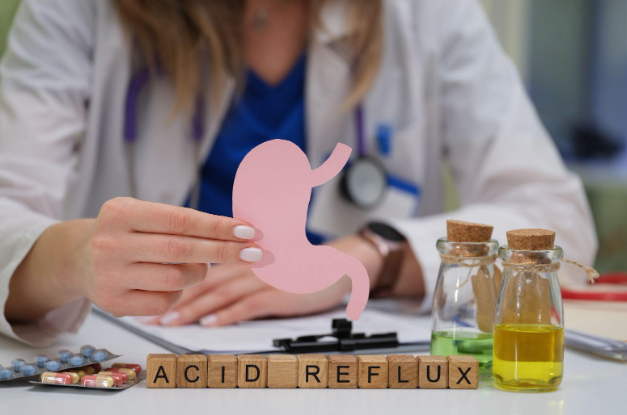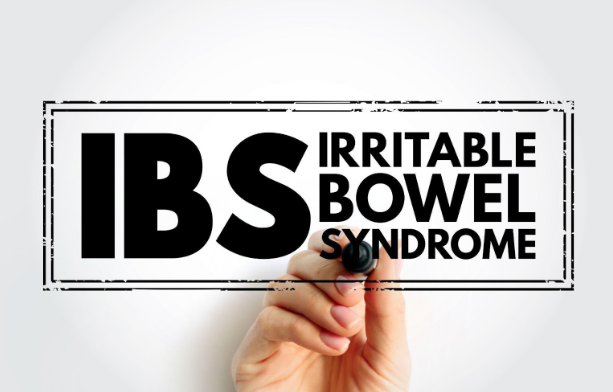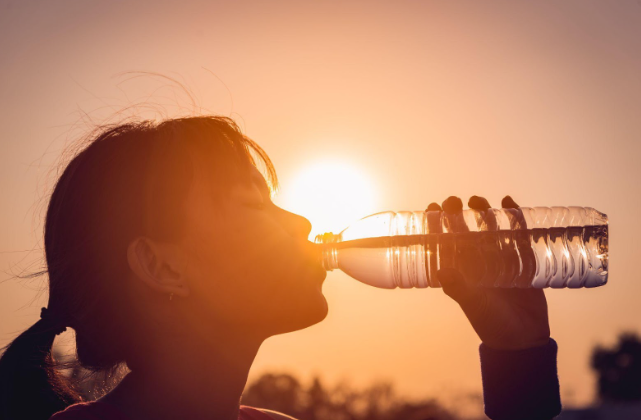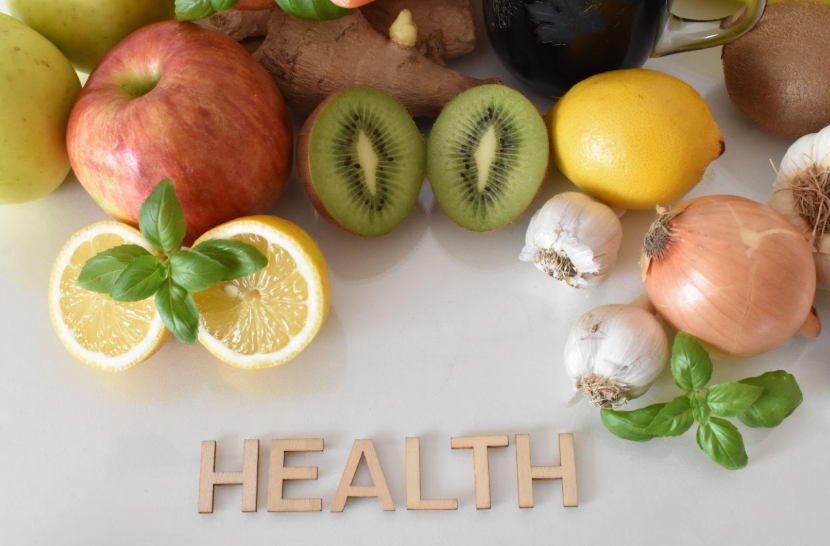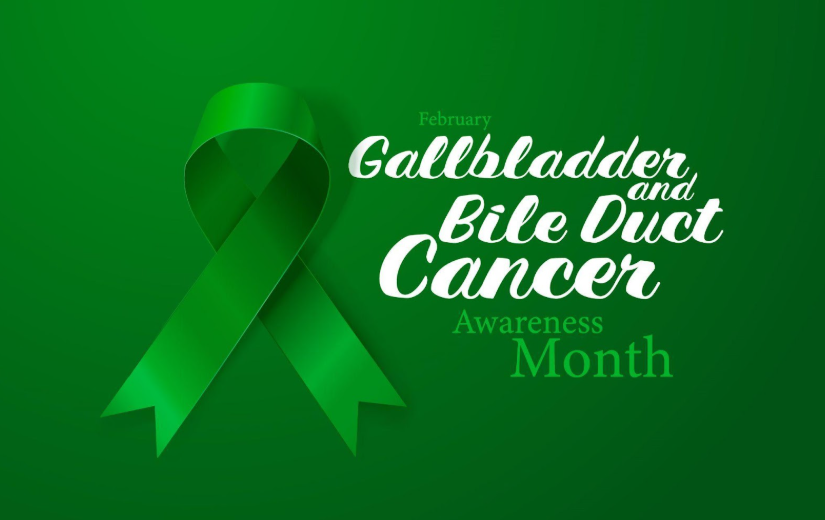How to Manage Acid Reflux and Stay Comfortable During the Summer Heat

Managing acid reflux becomes particularly important during the summer months when heat, dietary habits, and lifestyle changes can intensify symptoms. With increased consumption of cold drinks, outdoor eating, and physical activity in the sun, reflux triggers can escalate quickly.
Fortunately, there are effective, medically guided strategies and treatments available that help you maintain comfort and digestive balance during the hottest time of year.
Recognizing How Summer Heat Affects Your Reflux Symptoms
Summer impacts your body’s digestive functions in several ways, and knowing how your environment affects reflux can guide better management. This includes:
Heat Changes Your Digestive Balance
When your body is overheated, it prioritizes cooling over digestion. This slows down the digestive process, causing food to remain in your stomach longer. That delay can increase pressure on your lower esophageal sphincter (LES), allowing acid to escape into your esophagus more easily. This can also dry out your mouth, reducing saliva production, which normally helps neutralize acid.
Daily Routine Contributes to Symptoms
Summer often leads to behavioral shifts, like more late-night eating, longer periods of sitting after meals, and high-intensity outdoor activity. All of these factors place extra pressure on your abdomen or disrupt digestion, leading to more frequent or severe acid reflux episodes.
Identify and Avoid Seasonal Trigger Foods
Many popular summer foods, such as citrus fruits, spicy sauces, fried meats, and tomato-based dishes, can weaken the lower esophageal sphincter or increase stomach acid, worsening reflux symptoms. Cold carbonated beverages and alcohol also contribute to bloating and acid reflux by putting pressure on the stomach.
Additionally, items like mint or iced coffee may trigger symptoms in sensitive individuals. Recognizing and limiting these triggers, especially during social gatherings, can help you prevent discomfort and keep reflux under control.
Focus On Reflux-Friendly Foods
Instead of cutting out flavors, choose ingredients that soothe your digestive system. Grilled vegetables, lean proteins like chicken or fish, and non-citrus fruits such as melon and bananas provide gentle nutrition that supports digestion. Incorporate whole grains like quinoa or brown rice to add fiber without irritation.
Opt for alkaline water or herbal teas like chamomile or ginger, which help with hydration and reduce acid production. These choices allow you to enjoy satisfying, flavorful meals while managing reflux effectively.
Space Out Fluids Instead
Drinking too much water or other liquids during meals can interfere with digestion by diluting your stomach acid, which is essential for breaking down food properly. When your stomach becomes overly full, it increases pressure on your LES, the valve that prevents acid from rising. This pressure can cause acid to leak back into your esophagus, triggering reflux symptoms.
To avoid this, sip small amounts of water regularly throughout the day rather than drinking large amounts all at once, especially around mealtime. This approach helps maintain healthy digestion and reduces the risk of reflux flare-ups.
Choose Beverages That Support Digestive Health
Certain drinks can worsen acid reflux by irritating your esophagus or relaxing the LES, allowing stomach acid to escape. To protect your digestive health, avoid or limit:
- Caffeinated beverages like coffee and some teas which can increase acid production.
- Carbonated drinks that cause gas, bloating, and added pressure on the stomach.
- Alcohol, which weakens the LES and irritates the digestive tract.
Instead, focus on hydrating with drinks that calm your system and promote balance. Adding cucumber slices or fresh ginger to still water provides gentle flavor and natural anti-inflammatory benefits. Coconut water replenishes vital electrolytes lost through sweat without acidity or carbonation. Herbal teas such as chamomile or licorice root calm inflammation and support the digestive lining, making them excellent choices to keep reflux symptoms at bay during hot weather.
Track your symptoms
Your reflux may not follow a fixed pattern, especially when your eating, sleeping, or exercise habits change in warm weather. Logging symptoms helps identify what’s triggering discomfort.
Use a Food and Symptom Log to Find Patterns
Keeping a detailed record of your meals and symptoms helps you link what you eat with how you feel. Note the food type, portion, meal time, and activities after eating, like walking or lying down. Tracking symptoms such as heartburn, regurgitation, or chest discomfort alongside these details can reveal hidden triggers.
Consider Testing for a Clearer Clinical Picture
If lifestyle changes and symptom tracking don’t provide enough relief, your healthcare provider might suggest diagnostic tests to understand the root cause. These tests guide personalized treatment plans by revealing underlying issues that simple lifestyle adjustments might miss, ensuring your reflux management is effective and comprehensive.
- 24-Hour pH Monitoring: It involves placing a thin probe in your esophagus to track acid levels continuously for a full day. This test accurately shows how often and how long acid reflux occurs, helping link symptoms to acid exposure.
- Upper Endoscopy: It uses a flexible camera inserted through your mouth to inspect the esophagus and stomach lining. It detects inflammation, ulcers, tissue damage, and complications like Barrett’s esophagus or strictures.
- Esophageal Manometry: This test measures the pressure and coordination of esophageal muscles during swallowing. It identifies motility issues that may worsen reflux by affecting food movement to the stomach.
Treating Related Digestive Issues
Conditions like gastroparesis, bile reflux, or esophageal inflammation can worsen reflux symptoms if left untreated. Gastroparesis slows stomach emptying, causing acid to back up more easily, while bile reflux involves the flow of bile into the stomach and esophagus, irritating the lining.
Inflammation from conditions like gastritis or esophagitis can also heighten sensitivity and pain. Proper diagnosis through tests such as endoscopy, gastric emptying studies, or bile monitoring helps pinpoint these issues so your healthcare provider can tailor treatment precisely. Your healthcare provider may recommend a combination of strategies, including:
- Dietary changes that support digestion and reduce reflux triggers.
- Medications or therapies to improve gut motility and reduce inflammation.
- Treatments that protect the esophageal lining from damage.
- Adjustments to your plan based on seasonal factors like heat or changes in activity levels.
- Coordinated care that aligns reflux management with your overall digestive wellness.
Work with the Right Treatment Plan
Summer routines often differ from other seasons, which can affect how and when you take reflux medications. Changes like eating later dinners, enjoying outdoor meals, or increased alcohol consumption may require tweaking your medication schedule.
Proton pump inhibitors (PPIs) and H2 blockers are most effective when taken consistently and timed around meals. Communicate any changes in symptoms or lifestyle with your doctor so they can adjust your treatment appropriately and keep your reflux well-managed throughout the warmer months.
Consider Advanced Treatment Options
Procedures like endoscopic radiofrequency therapy can strengthen the lower esophageal sphincter (LES) to reduce acid backflow. In more severe cases, anti-reflux surgery, such as fundoplication, offers a durable solution by reinforcing the valve between your stomach and esophagus.
Consulting with a specialist helps determine if these options are right for you and makes sure that you receive the most effective care tailored to your condition.
How Remote Care Keeps Your Treatment on Track During Summer
Managing acid reflux can be challenging when summer vacations, shifting work schedules, or extreme weather disrupt your routine.
By using virtual care, you can easily adapt to seasonal changes and maintain control over your digestive health wherever you are.
Seamless Medication Adjustments and Symptom Monitoring
This means if you experience new reflux triggers while traveling or during hot weather, like changes in diet, hydration, or stress, your treatment plan can be modified promptly to prevent flare-ups. Virtual check-ins also allow for continuous tracking of your progress, reducing the risk of complications caused by unmanaged symptoms.
Efficient Review and Discussion of Test Results
Remote care enables you to receive and discuss important diagnostic test results, such as endoscopies or pH monitoring, without waiting for an in-person visit.
Quick access to these results allows for timely decisions about your treatment strategy, assuring that your reflux management remains effective and responsive to your current condition. This immediate feedback loop is especially valuable when seasonal factors impact your digestive health.
Expert Guidance
Telehealth visits provide you with personalized advice tailored to your current environment, helping you adjust meal choices, hydration habits, and activity levels to minimize discomfort. Your provider can also recommend practical strategies for managing symptoms on the go, empowering you to enjoy your summer while keeping reflux under control.
Ongoing Support and Follow-Up Care
Telemedicine breaks down geographical barriers, allowing you to maintain regular appointments and receive continuous support even if you are away from your usual healthcare provider. This flexibility, offering you seasonal or travel-related disruptions, doesn’t derail your progress, keeping you connected with your care team for lasting digestive health.
Advanced Diagnostic and Therapeutic Procedures for You
Our team of gastroenterologists provides advanced diagnostic and treatment services to precisely identify and successfully manage gastroesophageal reflux disease (GERD). We offer you:
Upper GI Endoscopy for Accurate Diagnosis
This minimally invasive test uses a flexible camera to examine the esophagus, stomach, and upper small intestine. It allows direct visualization of inflammation, ulcers, or Barrett’s esophagus and enables tissue biopsies when needed. EGD helps determine the severity of reflux and guides appropriate treatment plans.
Esophageal Manometry to Assess Esophageal Function
Esophageal manometry measures the pressure and coordination of the esophageal muscles and the lower esophageal sphincter (LES). This test involves inserting a thin tube through the nose to record muscle activity while swallowing.
Laparoscopic Nissen Fundoplication
For patients whose reflux symptoms don’t respond to medication or lifestyle changes, laparoscopic Nissen fundoplication offers an effective surgical option. This minimally invasive procedure strengthens the LES by wrapping the stomach’s upper part around the esophagus, reducing acid backflow. It provides long-term symptom relief and decreases reliance on medications, improving quality of life.
If your symptoms are persisting or getting worse, it may be time for a deeper evaluation. Receive a thorough evaluation and customized treatment options from our experts at
Northlake Gastroenterology Associates, designed to address your specific reflux triggers and digestive health.
Schedule a personalized consultation today!
More Blogs




